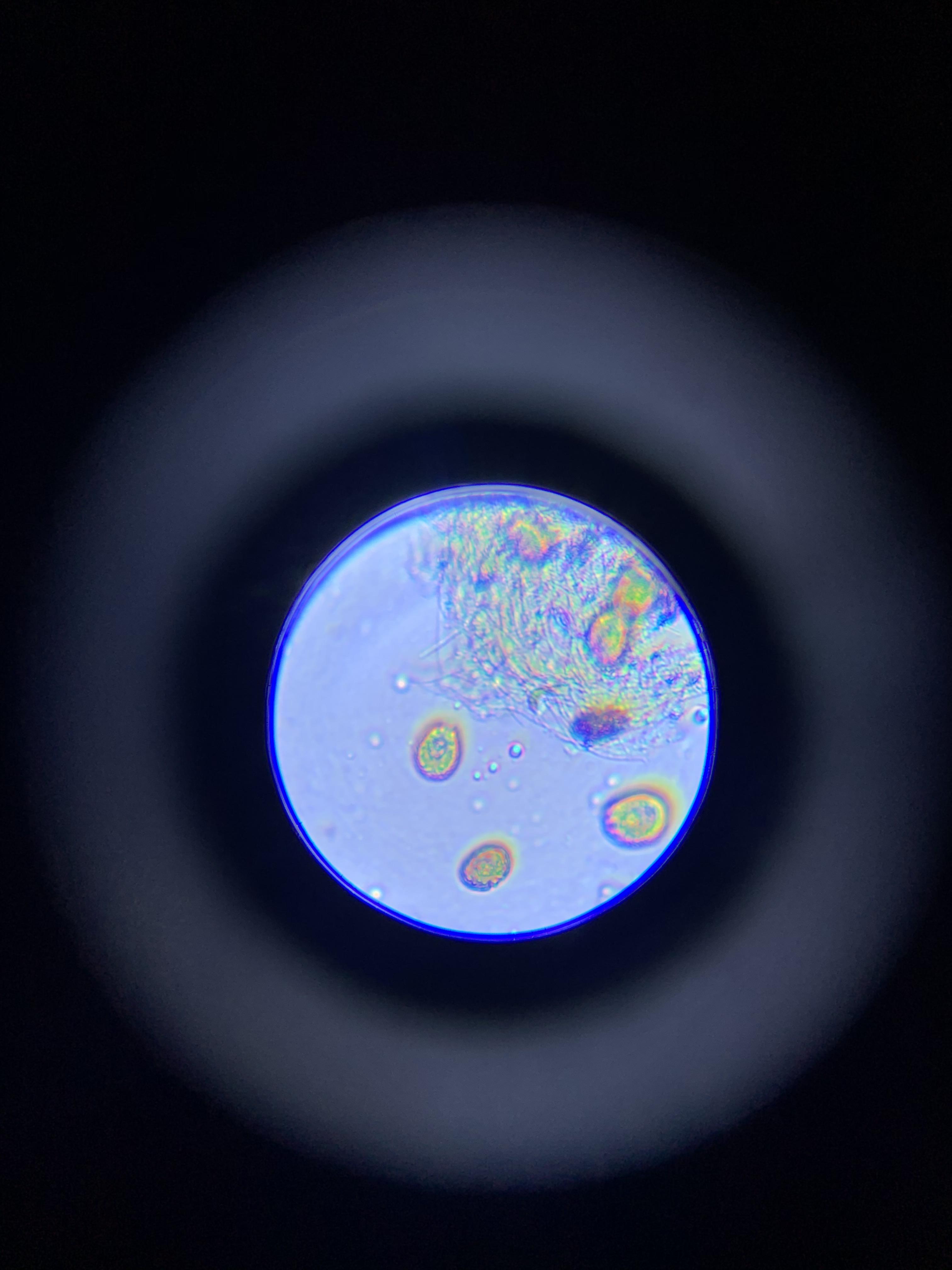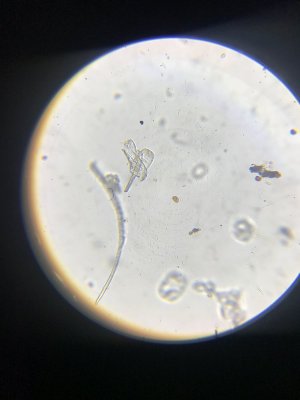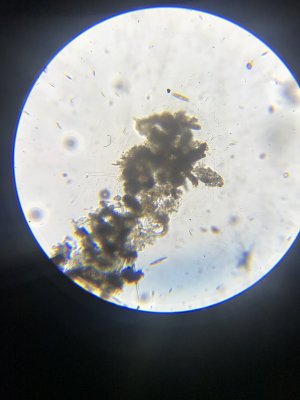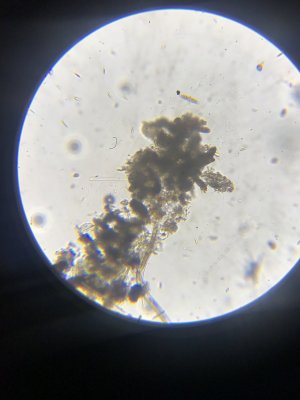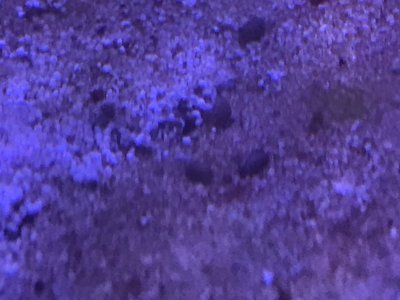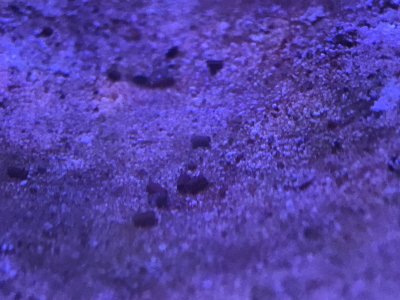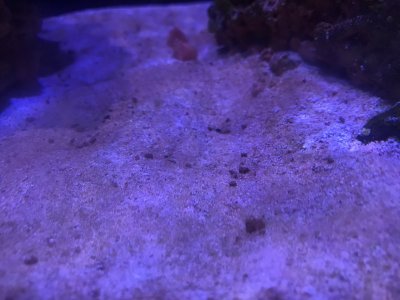- Joined
- May 22, 2016
- Messages
- 6,532
- Reaction score
- 10,068
Scott is right. That movement is not one of our problem dinos. It's another random flagellate, moves similar to a cryptomonas or rhodomonas. Should not be a problem.Anyone? Just in case I have uploaded it to the web as I can never play with the built in player
weird. also they look like maybe they got smashed under slide cover.I have a splattering of pink ones idk 3-5% maybe the rest are the other kind.








